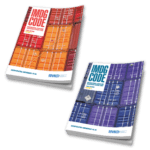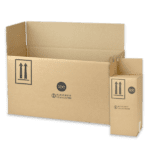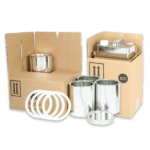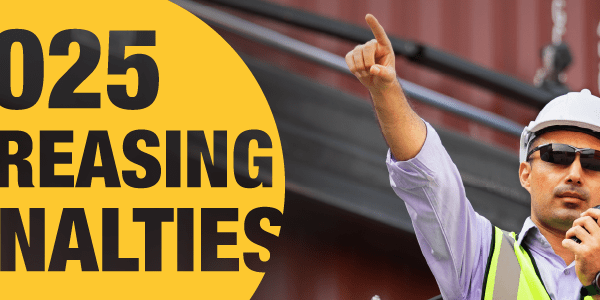
There is no shortcut in choosing the correct packaging when you are shipping dangerous goods. All of the regulatory bodies, including TDG, 49CFR, IATA, and IMDG code, contain very detailed information on which type of inner and outer packaging is allowed for your specific dangerous goods, as well as how much is allowed in your inner and outer packaging. Seems simple enough, right? Well, if you are shipping dangerous goods by ocean, there is another piece of the puzzle you may need to add per the IMDG code called packing provisions.
What are Packing Provisions?
Part 3 of the IMDG Code strategically lays out the dangerous goods list. Like IATA, 49CFR, and TDG, this list contains information on the shipping name, UN number, hazard class, packing group, and other pertinent information that is essential when shipping dangerous goods. If you go to column 8, it will list codes that either begin with a “P” or an “LP.” The LP, in this case, means large packaging, and the P means packages other than large packaging. A numerical code will then follow, which you will look up in chapter 4.1.4 of the IMDG Code. Using UN 2014 as an example, the 8th column lists P504 as the packing instruction. In this case, we would go to P504 in chapter 4.1.4, which lists all of the acceptable combination and single packaging, including various drums and 4G packaging, along with the net mass and capacity limits. In addition, it lists the acceptable inner packaging such as glass, plastic, and metal. This is where packing provisions may come in. In column 9 of the dangerous goods list labeled “Provisions,” you may see a code that begins with “PP” or “L.” “PP” means packaging provisions, and “L” is for large packaging specifically. In the case of UN 2014, there is a PP 10. Remember that the dangerous goods list referred us to P504 in chapter 4.1.4 for UN 2014. In that same section at the bottom, under Special Packaging Provisions, you will find PP10, which says for UN 2014, the packaging shall be vented. This is very important; if you don’t notice or follow this packing provision, you would not be in compliance with the regulations and may be subjected to delays or other potential issues. For example, in this case, you can use a 4G box with a glass container as your inner packaging; however, per the Special Packing Provision, you must use some type of vented cap on that glass bottle to remain in compliance with the IMDG regulations.
Are There Always Packing Provisions?
The short answer is no. You may be shipping dangerous goods that don’t require any packing provisions. The way to determine this is to look in column 9 of the dangerous goods list. If you see a “-” there are no packing provisions listed for your dangerous good. However, you must make sure that you still follow the packing instructions listed in column 8 to remain in compliance with the IMDG regulations. If you need any assistance choosing UN-rated packaging that is IMDG compliant, contact us.
Stay up to date and sign up for our newsletter!
We have all the products, services and training you need to ensure your staff is properly trained and informed.

|

|

|





